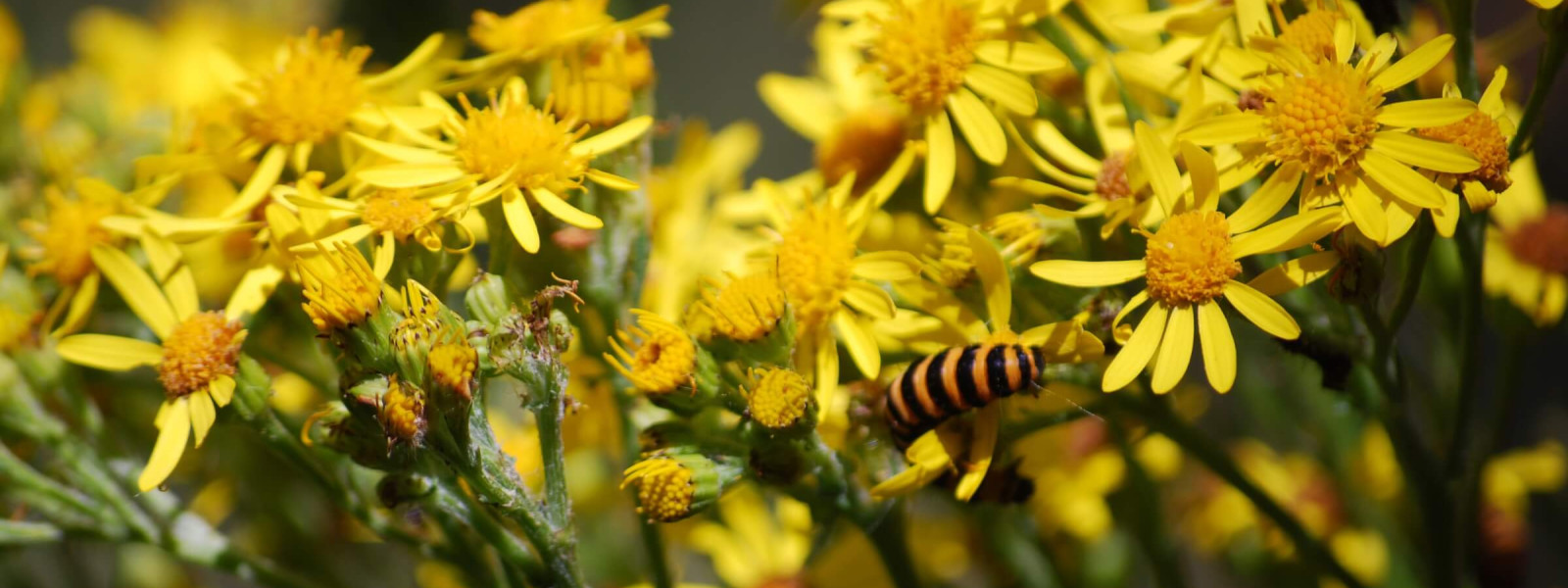
Effective invasive species management requires accurate identification and detailed control information. Collected data is integrated into regional databases to better inform management decisions across jurisdictions.
The 4-County CWMA has created a set of data collection standards that supports regional invasive plant management.
Download the 4-County CWMA Invasive Plant Data Standards (updated 2023)
If you are interested in learning more about these standards, please contact the Mapping and Data Committee Chair(s):

